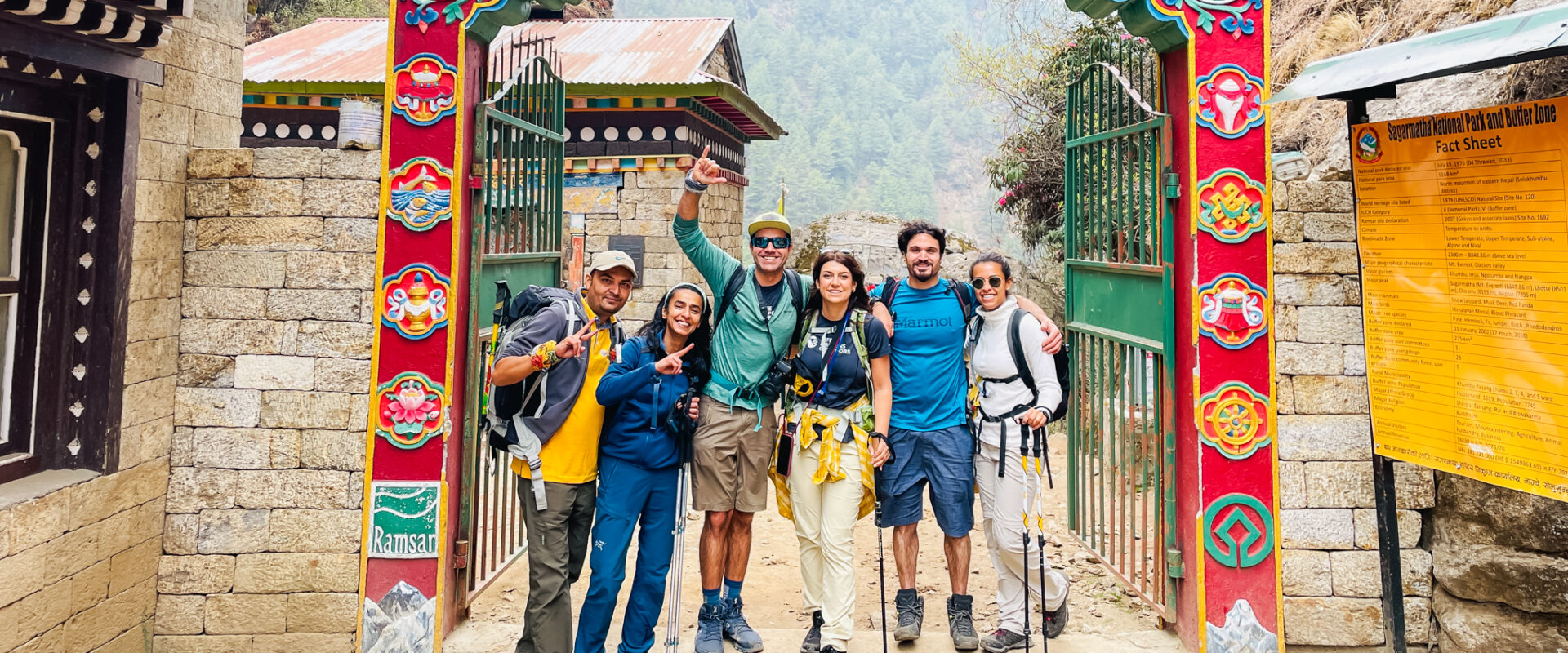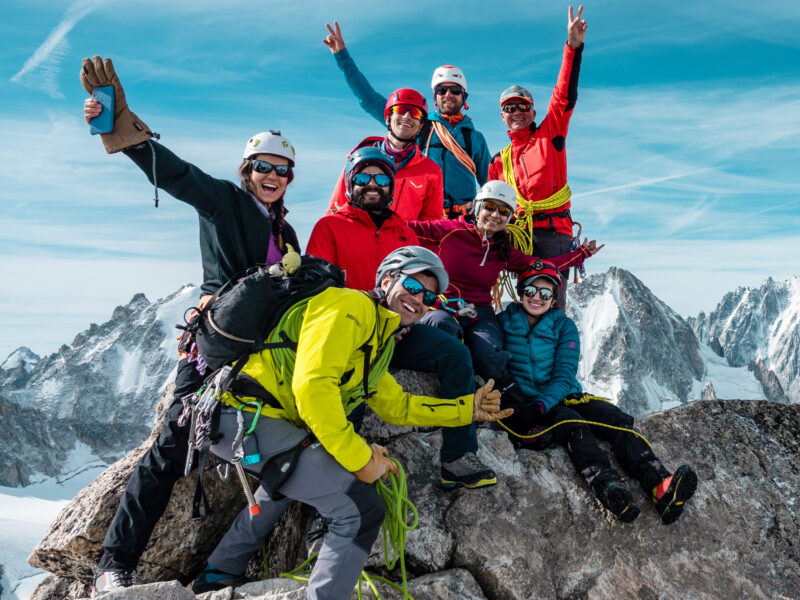BY Rami Rasamny | September 17 2024
How Essential are Trekking Poles on the Everest Base Camp Trek?

Embarking on the journey to Everest Base Camp is a dream for many adventurers. The trek, set against the backdrop of the world’s highest peaks, is not only a physical challenge but also a test of endurance and willpower. To aid in this arduous journey, many seasoned trekkers recommend the use of trekking poles. Here, we explore why these tools are not merely accessories but essential gear, particularly for preserving your knees and ensuring overall joint health.
Preserving the Knees on Descents
One of the most critical roles trekking poles play is in preserving knee health, especially during descents. The knee joint undergoes significant stress when walking downhill. Each step can force the knees to absorb a shock equivalent to several times your body weight. Trekking poles help reduce this impact by transferring some of the load to the arms and shoulders. This distribution of weight is crucial for those who may have existing knee issues or want to prevent future problems. Using poles to support your descent can help control your speed and reduce the cumulative stress on your knee joints, allowing you to maintain a healthier, more active lifestyle for years.
Enhancing Balance Over Tricky Terrain
The trails to Everest Base Camp are fraught with rocky sections and can often be covered in snow or ice, depending on the season. Trekking poles become invaluable in these conditions, offering additional points of contact with the ground. This extra stability is crucial for maintaining balance and avoiding falls or injuries. Poles can be adjusted for length, making them versatile tools for varying terrain. Whether crossing a narrow rock ledge or navigating a slippery snow patch, trekking poles can provide the confidence to move forward safely and efficiently.
Support During Overexertion and Aches
Over the course of the lengthy trek to Everest Base Camp, even the fittest individuals can experience moments of fatigue, aches, and pains due to overexertion. Here, trekking poles prove their worth by offering physical support and reducing exertion on the legs. They can be particularly helpful when ascending, as they allow trekkers to pull themselves up with their arms, thus conserving energy and reducing strain on the legs. This assistance can be crucial in preventing muscle fatigue and overuse injuries, enabling trekkers to continue their journey more comfortably.
The Long-term Benefits of Using Trekking Poles
While many young and fit adventurers may feel confident in their physical capabilities, the reality is that the use of trekking poles can provide long-term benefits. By alleviating the stress on knees and joints, poles ensure that trekkers can continue engaging in the activities they love far into the future. Regular use of trekking poles not only enhances immediate performance and comfort but also contributes to joint health and mobility in the long run.
In conclusion, trekking poles are far more than just walking sticks; they are crucial tools that safeguard your knees, enhance balance, and support your body through the rigors of a challenging trek. On a journey as demanding as the Everest Base Camp trek, they are indeed essential. Whether you’re a seasoned high-altitude trekker or a first-timer eager to take on the Himalayas, incorporating trekking poles into your gear list is a wise investment in your health and trekking longevity.
About The Author
Rami Rasamny is the founder of Life Happens Outdoors, a premium adventure travel community dedicated to transforming lives through curated outdoor experiences. A mountaineer and entrepreneur, Rami has led teams on some of the world’s most challenging peaks, from the Alps to the Himalayas. His mission is to make adventure accessible, transformative, and safe for all who seek to push their limits and Come Back Different.
About Life Happens Outdoors
At Life Happens Outdoors, we believe in the power of nature to transform lives. As proud members of the Adventure Travel Trade Association (ATTA) and the World Travel & Tourism Council (WTTC), our team of certified guides and outdoor professionals is committed to the highest standards of safety, sustainability, and excellence.
Discover more about our story and mission on our Meet LHO page, or explore our curated adventures such as the Tour du Mont Blanc Trek, the Climb of Kilimanjaro, and Chasing the Northern Lights.














